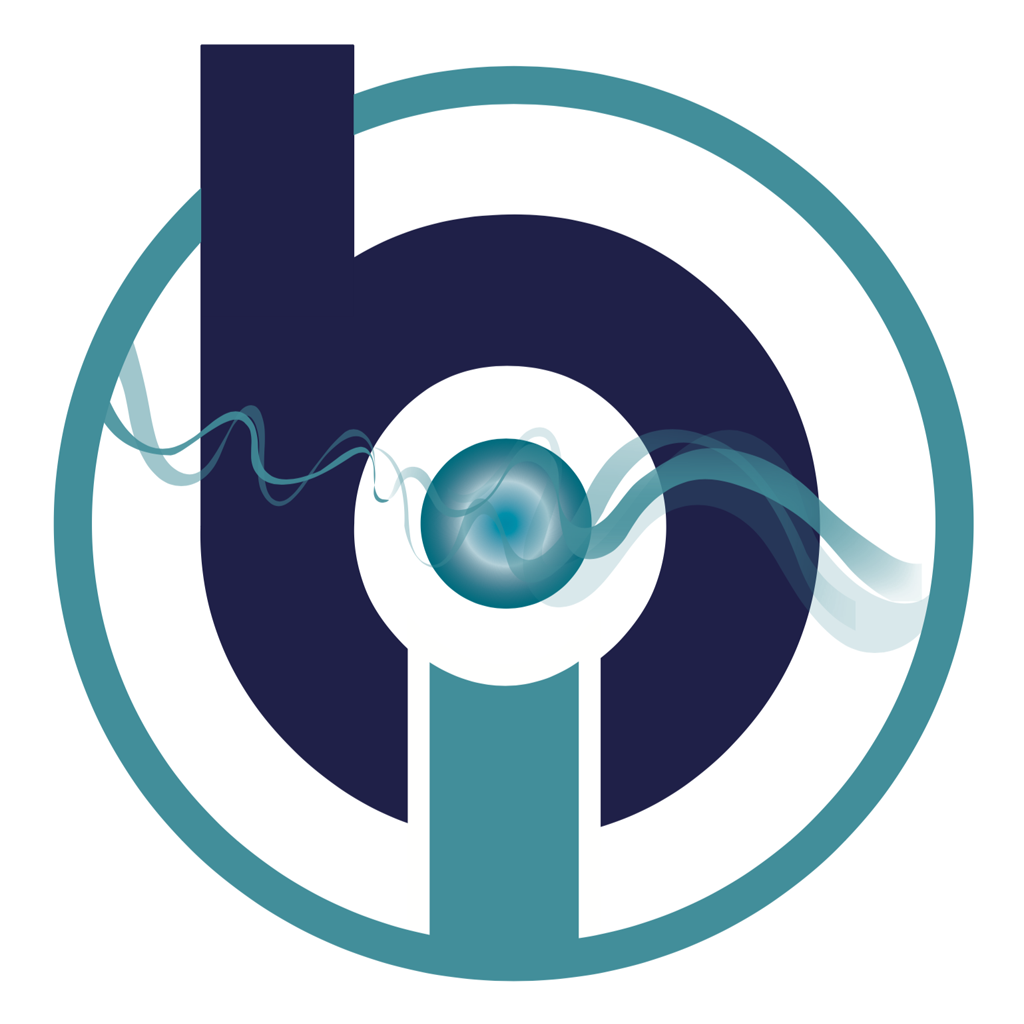Client Name: Sabine Nissen, vet
More opportunities than those offered by conventional medicine
We mainly use BICOM® bioresonance with allergies and all kinds of injuries but also with eye diseases, for example. It is also ideal for offering protection from ticks. For this, we store the therapy information on what is known as a BICOM® chip which is then attached to the animal’s collar.
BICOM® treatment has also proved effective in surgical aftercare. This treatment is also particularly helpful for patients who do not tolerate anesthetic well. The BICOM® has a ready-made aftercare program for such cases. It helps animals regain their health quicker and speeds up the healing process.
Case study: Basset hound with inflamed eye
Last week a dog owner came to my practice with Emma, her two-year-old Basset hound. The dog was suffering from a severely inflamed eye. Her eyes were discharging, swollen and encrusted. The inner eyelid was protruding and very red. This was obviously caused by severe itching as the animal scratched continually. You could tell by looking at her what a poor state of health she was in. I learned that Emma had had problems with her eyes from birth due to her droopy eyelids, a factor which is probably characteristic of the breed.
The owner explained that she had already tried all the usual conventional medical drugs such as cortisone preparations and antibiotics, for example. Since she herself was a naturopath, she had also tried every possible homeopathic remedy. Unfortunately, nothing had helped.
Then she heard about bioresonance from colleagues and came to my practice. I examined Emma and then treated her with various BICOM® programs. These included “wound healing“, “allergy therapy for unknown allergens”, “conjunctivitis”, “elimination of scar interference” and “toxin elimination”.
You could already see a marked improvement the day after the first treatment. The owner called and reported enthusiastically: “No more discharge, hardly any swelling and the redness has subsided…”
We even wondered whether the scheduled second session was still necessary but decided to treat the animal once more.
It was lovely to see how Emma’s behavior had also changed. She had stopped scratching her eye, was lively and happy and had begun playing again.
Beaming, the owner handed back the eye drops I had given her after the first session for use in an emergency with the words: “I didn’t need these!“ She was very enthusiastic and told everyone in the waiting room her story.
I can heartily recommend this form of therapy to colleagues. It was a good decision to integrate the BICOM® device into my practice.
It obviously offers far better opportunities for helping patients than conventional medicine and it is a healthier form of therapy without any harmful factors for my patients.



